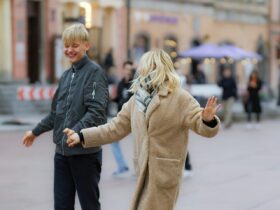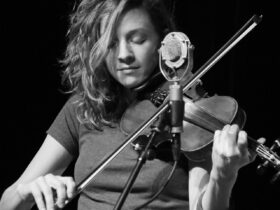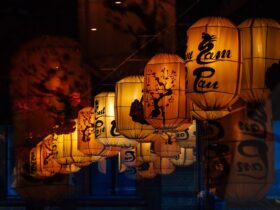“기립박수”는 공연이나 연설 등에서 감동이나 찬사를 표현하기 위해 청중이 일어나서 손뼉을 치는 행위를 의미합니다. 이는 종종 높은 찬사를 표시할 때 사용됩니다.
“기립박수”를 영어로 표현할 수 있는 방법
- Standing Ovation (기립박수의 가장 일반적인 표현)
- Rousing Applause (감동적인 박수를 강조하는 표현)
- Extended Applause (긴 시간 동안 계속되는 박수를 설명하는 표현)
1. Standing Ovation
“Standing ovation”은 청중이 일어나서 박수를 치며 큰 찬사를 보내는 행위를 표현하는 일반적인 용어입니다.
- “The actor received a standing ovation for his outstanding performance.” (그 배우는 뛰어난 공연을 보여줘서 기립박수를 받았다.)
- “After the final speech, the audience gave a standing ovation to the speaker.” (마지막 연설 후, 청중은 연설자에게 기립박수를 보냈다.)
2. Rousing Applause
“Rousing applause”는 감동적이거나 열정적인 박수를 강조하는 표현입니다.
- “The musician’s performance was met with rousing applause from the crowd.” (그 음악가의 공연은 관중으로부터 열렬한 박수를 받았다.)
- “The keynote speaker’s address ended with rousing applause from the audience.” (기조 연설자의 연설은 청중의 열렬한 박수로 마무리되었다.)
3. Extended Applause
“Extended applause”는 박수가 오랜 시간 동안 계속되는 상황을 설명하는 표현입니다.
- “The presentation was so impressive that it was followed by extended applause.” (발표가 너무 인상 깊어서 긴 시간 동안 박수가 이어졌다.)
- “The award ceremony ended with extended applause for the recipient.” (시상식은 수상자를 위한 오랜 박수로 끝났다.)
“기립박수”를 영어로 표현할 때는 “Standing Ovation,” “Rousing Applause,” 또는 “Extended Applause”를 사용할 수 있습니다.













Leave a Reply